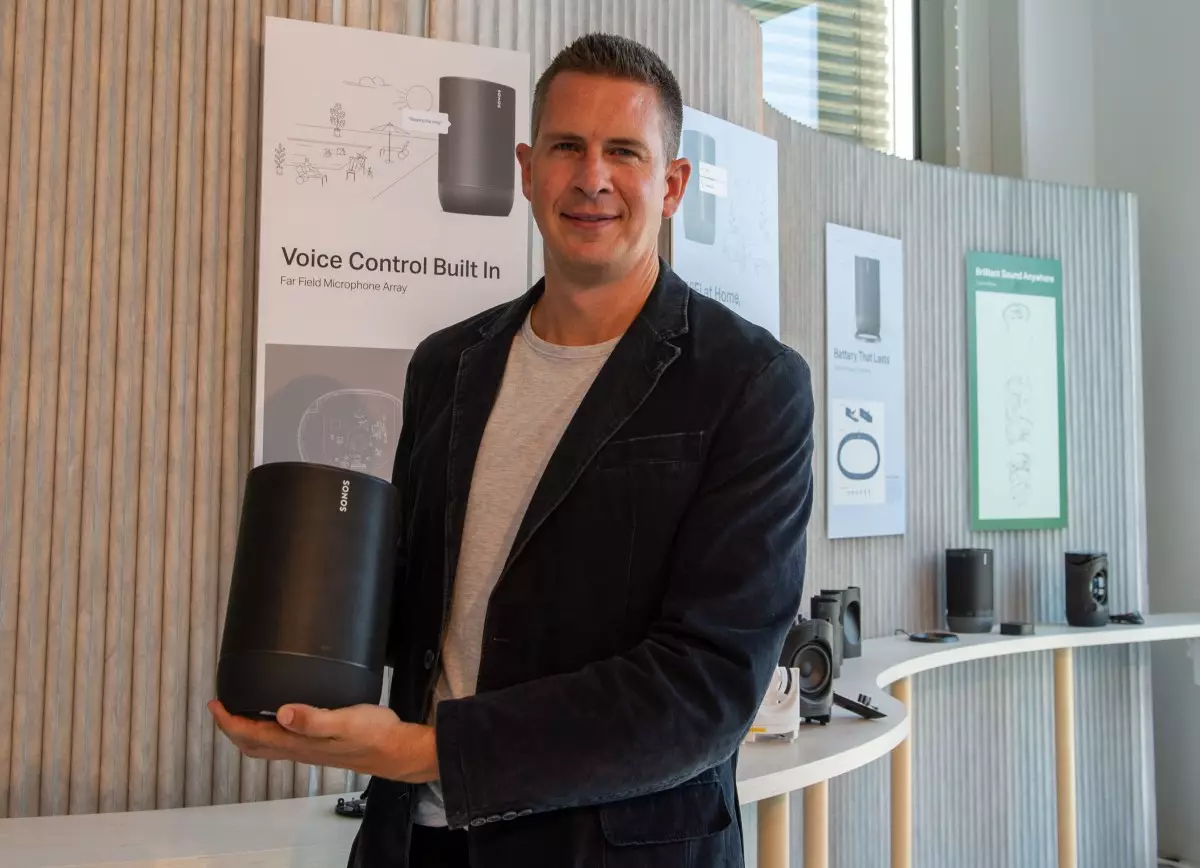Sonos, the well-regarded manufacturer of smart speakers, is undergoing a significant leadership transition as Patrick Spence steps down after eight years as CEO. His departure marks the end of an era and raises critical questions about the company’s future direction. Stepping into the role of interim CEO is Tom Conrad, a prominent figure in the tech industry recognized for co-founding Pandora and holding various high-profile positions in other startups, including Snap and Quibi. This leadership change comes at a crucial time for Sonos, as it grapples with a series of operational setbacks that have affected its reputation and financial performance.
Last year was particularly tumultuous for Sonos as it navigated a critical software update that was intended to enhance user experience but ultimately fell short. The update, riddled with bugs and missing long-standing features, proved to be a significant setback for a brand that prides itself on product reliability. Customers expect a seamless integration of multiple Sonos speakers across different rooms and music services. The glitches in the software undermined this promise, leading to a deluge of negative feedback from users. The company’s efforts to rectify these issues consumed considerable resources and time, inevitably causing delays in product launches and impacting sales figures.
Despite a recent effort to revive its product line with the release of the Sonos Ace headphones and the Arc Ultra soundbar, the reception has been tepid. Reports indicate disappointing sales of the Ace headphones, indicating that consumer trust may have waned due to the previous software failures. Additionally, the company faced substantial layoffs, eliminating approximately 100 positions, or about 6% of its workforce, in an attempt to streamline operations and cut costs. This decision reflects the broader challenges the company faces in stabilizing its financial performance.
In an internal communication, Conrad conveyed the gravity of the situation, acknowledging the disappointment felt by customers who rely on Sonos products for their daily routines. He emphasized the urgency for a turnaround: “We’ve let far too many people down,” he stated, acknowledging the critical nature of getting core functionalities right. Under his interim leadership, there is a pressing need for strategic decisions that not only restore consumer confidence but also strengthen the brand’s overall market presence while the board searches for a new permanent CEO.
Despite the challenges, there are signs of a slight recovery, with Sonos shares experiencing a modest rise of 3.3% in pre-market trading. This uptick may hint at investor optimism or speculation about the company’s future direction under Conrad’s leadership. The reputation of Sonos, founded on reliability and quality, now hangs in the balance as the company strives to regain lost ground. The upcoming months will be pivotal in determining whether Sonos can reconcile its past missteps and position itself as a leader in the competitive landscape of smart home technology.

